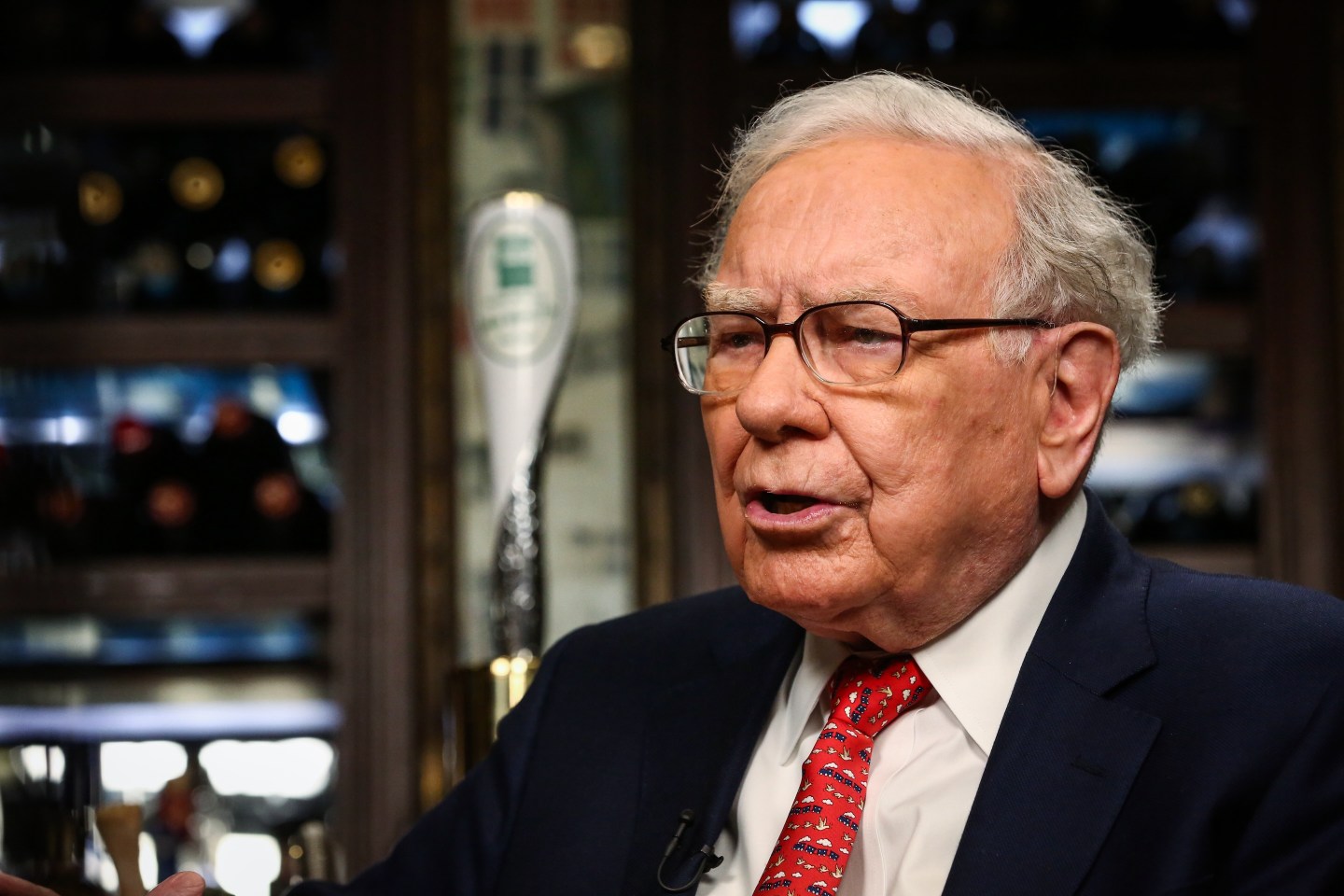The “Warren Buffett Indicator” is a simple yardstick that compares the total U.S. stock market’s value to the size of the U.S. economy. It’s recently surged above 200%, a level Buffett once warned is like “playing with fire,” signaling stretched valuations versus economic output. It’s soared because market values have risen far faster than GDP, driven by mega-cap gains and optimism, pushing the ratio to roughly 217%—well above long-term norms and prior peaks—suggesting elevated risk if profits or growth don’t keep up.
What the Indicator is
- It’s the ratio of total U.S. stock market capitalization (often proxied by the Wilshire 5000) divided by U.S. GDP, giving a quick read on whether stocks look expensive relative to the economy’s size.
- Buffett popularized it two decades ago, calling it “probably the best single measure” of broad market valuation at a point in time, which is why it carries his name today.
Why it’s above 200%
- Current estimates put the ratio around 217% as of mid‑2025, far above its historical trend and prior highs, implying stocks have grown much faster than the economy itself.
- Elevated readings reflect powerful runs in large-cap names and AI‑related enthusiasm, which lift market cap faster than GDP expands: A setup that can be fragile if earnings or growth slow.
How to read it, in plain terms
- Think of it as a price tag for the whole stock market compared to America’s economic “paycheck;” when the price tag is double the paycheck, expectations are sky-high and disappointments can sting more.
- Historically, very high ratios have coincided with later periods of weaker returns, but timing is tricky—markets can stay expensive for a while, so it’s a caution sign, not a countdown clock.
- The ratio has limits: Many big U.S. companies earn a lot overseas, interest rates and profit margins matter, and the series can stay elevated during long bull markets, so it’s best used alongside other metrics.
- Still, crossing 200% is unusual and underscores future returns may be lower if multiples compress or growth cools, echoing Buffett’s long-standing preference for value and margin of safety.
Growth cools in the decades-long bull market
Fortune‘s Nick Lichtenberg reports U.S. stocks’ total value has surged to roughly 363% of GDP—far above the 212% peak of the dot-com era—amid a decades-long bull market propelled by AI enthusiasm, mega-cap gains, and soaring P/E multiples rather than robust profit growth, with the S&P 500 recently trading near 30x trailing GAAP earnings as earnings barely outpace inflation.
JPMorgan Asset Management’s David Kelly argues most gains since the mid-1980s stem from a rising profit share of GDP and higher multiples, creating “increasingly lofty” scaffolding that may be unsustainable, echoing broader critiques of U.S. financialization since the Reagan era. The AI boom is central: The GPT-5 launch underwhelmed, a summer selloff erased $1 trillion, many GenAI projects fail in practice, data-center buildouts are matching consumer spending’s GDP boost, and AI unicorns tally $2.7 trillion in valuations despite thin revenues. These prompt warnings today’s leaders may be more overvalued than 1990s dot-com names.
All this comes as growth cools—with H1 2025 GDP around 1.75% and weakening jobs data—undercutting the case for elevated prices and leading strategists to advise diversification beyond U.S. mega-caps into international equities, core fixed income, and alternatives, even as Kelly concedes timing is uncertain after a remarkably long bull run.
Buffett’s playbook
- A reading above 200% means the market’s price is far ahead of the economy’s size, increasing the odds returns normalize if growth or earnings don’t match the optimism embedded in prices.
- In Buffett’s playbook, this backdrop favors quality, cash generation, strong moats, and the patience to wait for “fat pitches,” rather than chasing what’s already run.
For this story, Fortune used generative AI to help with an initial draft. An editor verified the accuracy of the information before publishing.












